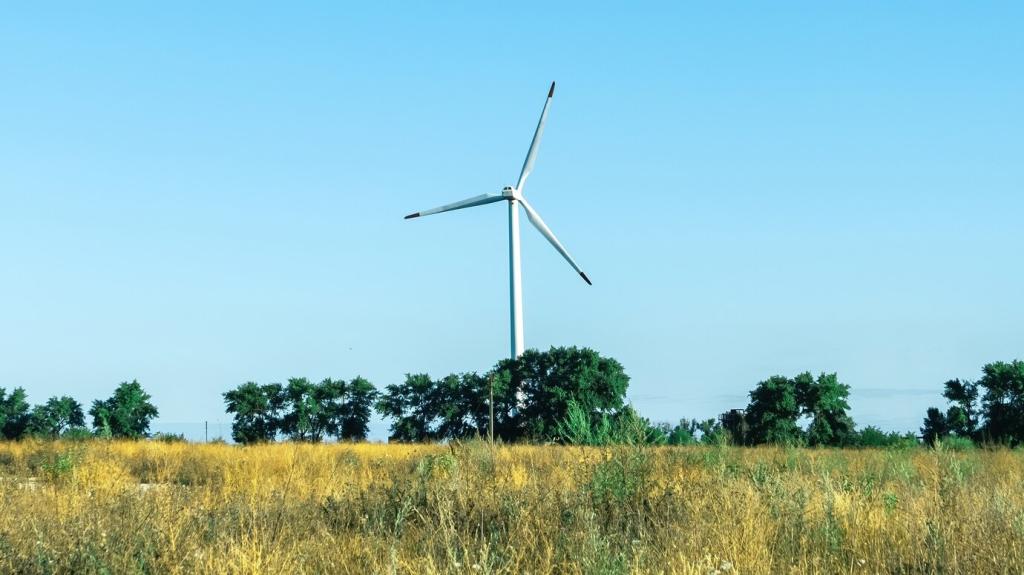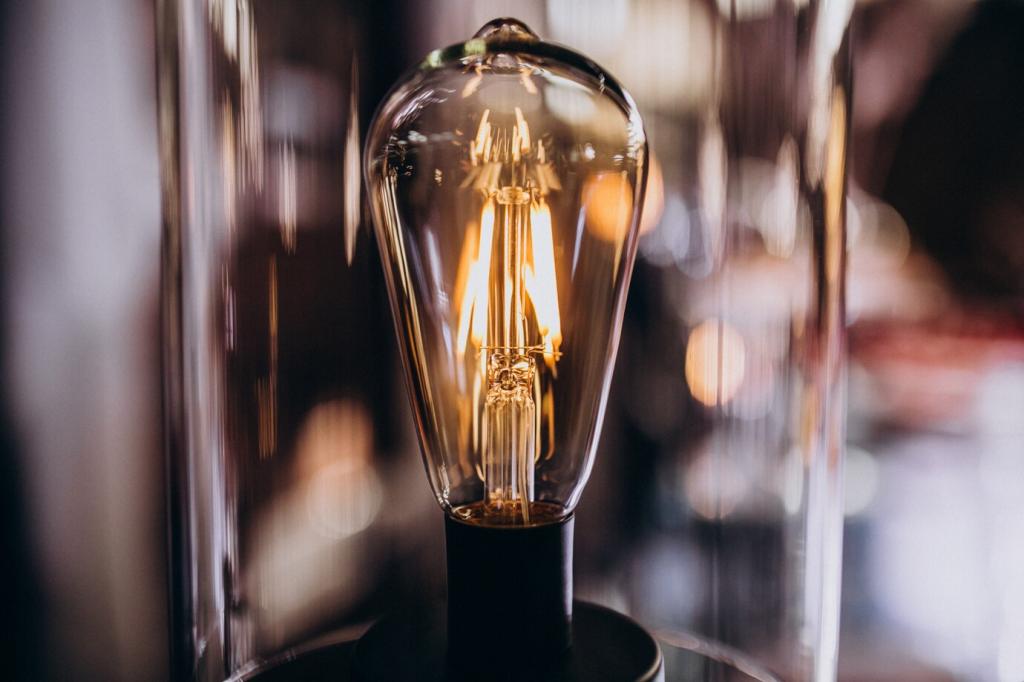How to Optimize Smart Home Energy Usage
Begin by taking stock of all the smart devices connected within your home. This includes everything from thermostats and lighting to appliances, home hubs, and even seldom-used gadgets. Knowing which devices consume the most energy helps to identify potential areas for savings. Use your smart home system’s built-in monitoring tools or third-party energy management platforms to track device-specific energy usage patterns. This foundational understanding ensures that you can create targeted strategies for optimization and prevent wasted effort on devices that use minimal power.

Creating Effective Schedules
One of the simplest yet most impactful approaches to energy optimization is scheduling devices to operate only when needed. For example, your heating and cooling systems can be programmed to adjust temperatures while you’re away or asleep, only returning to comfort levels prior to your arrival. Similarly, lights and appliances can follow routines that align with household habits. By minimizing device usage during unoccupied hours, you can cut down energy consumption without sacrificing comfort or convenience.
Integrating Sensors and Triggers
Modern smart homes allow integration with motion, occupancy, and environmental sensors. These devices can automate actions such as turning off lights in empty rooms, activating shades based on sunlight, or pausing HVAC systems when windows are open. Trigger-based automation ensures that your home’s systems only run when needed, eliminating the guesswork and human error that often lead to wasted energy. Proactive use of these technologies is a hallmark of an optimized smart home.
Utilizing Energy Management Platforms
Many smart home ecosystems now feature centralized platforms for monitoring and managing energy usage. These platforms aggregate data from all devices and provide actionable insights, real-time alerts, and even optimization recommendations. By regularly interacting with these tools, homeowners can quickly identify inefficiencies, track improvements, and set up advanced automation scenarios that further reduce usage. Dedicated use of these platforms transforms raw data into real savings.
Smart Device Selection and Upgrades
When adding new components to your smart home, prioritize products with proven energy efficiency ratings. Look for certifications such as ENERGY STAR and pay close attention to standby or idle power draw, which can significantly affect cumulative usage. Devices designed with efficiency in mind often integrate more seamlessly with automation routines, providing greater control over when and how energy is consumed.

